Scuba diving is a thrilling recreational sport that has captivated the hearts of many as a hobby worldwide. With the right safety procedures in place, scuba diving can be a relaxing activity where you can leave all worries behind and immerse yourself in the cool blue waters. This article aims to provide a comprehensive guide on “Scuba Diving Safety Procedures” to ensure a safe and enjoyable dive.
Diving with a Buddy: The Essential Safety Measure
One of the most crucial safety measures you can follow during scuba diving is to always have a dive buddy. The underwater world, while mesmerising, is a foreign environment. Having an extra pair of eyes and hands to assist in case of any equipment failure or emergency can be a lifesaver.
The diving buddy system is a fundamental part of your Scuba Diving Certification. Many underwater situations can be easily managed with an extra pair of hands, making it essential to keep your diving buddy within your sight at all times.
Why is a Dive Buddy Important?
A dive buddy is not just a companion but a lifeline in the underwater world. They can help you manage equipment, share air in emergencies, and even assist in navigation. The buddy system is a key aspect of scuba diving safety procedures, emphasising the importance of teamwork and mutual assistance.
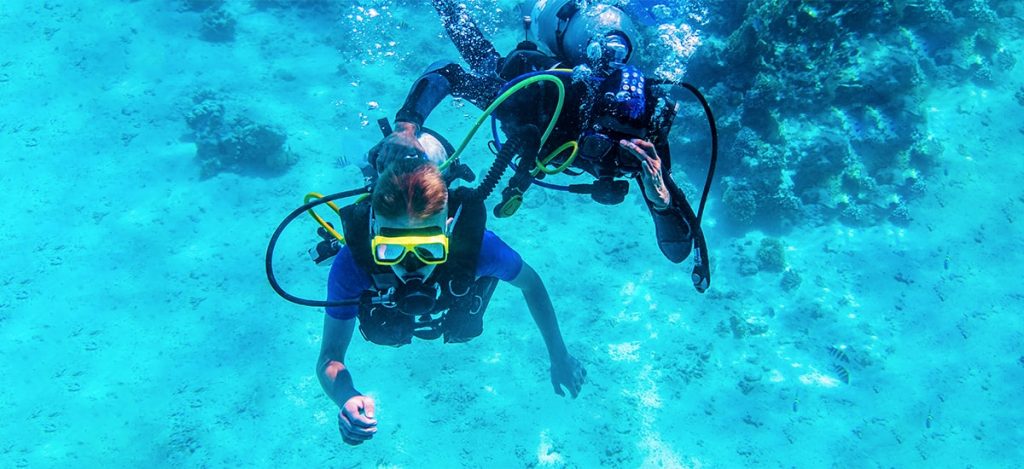
Checking Equipment Before Diving: The Key to Safe Diving
Before you plunge into the depths, double check your gear and equipment. Whether you own the gear or rent it, this is a critical safety procedure. Inspect the jackets for faulty zippers, wear and tear, cracked buckles or straps, or anything that could lead to leaks.
It’s also important to inspect the regulator and the tank. As you dive deeper, you consume air at a faster rate, so monitoring the air left in the tank as you dive is crucial.
How to Check Your Scuba Diving Equipment?
A thorough equipment check involves inspecting your BCD (Buoyancy Control Device), regulator, mask, fins, and tank. Make sure your BCD is functioning correctly, your regulator is delivering air properly, your mask is not leaking, your fins are not damaged, and your tank has enough air.
Knowing Dive Limits and Depth: The Path to Safe Diving
Knowing your dive depth before reaching the dive site is crucial. Your dive depth depends on your training, capabilities, and experience. Start with straightforward and shallow water dives and then progress to deep and complex dives with longer durations.
Being aware of your dive depth helps you prepare well and keeps your buddy informed, in case they need to keep an eye on you. Never hesitate to ask the dive site managers about the complexity and depth of the site. Confidence is key before you dive, allowing you to leave behind worries and soak in the adventures of scuba diving.
Why is Knowing Your Dive Limit Important?
Knowing your dive limit is crucial for your safety. It prevents you from diving beyond your capabilities, which can lead to dangerous situations and also helps you manage your air consumption effectively and avoid decompression sickness.
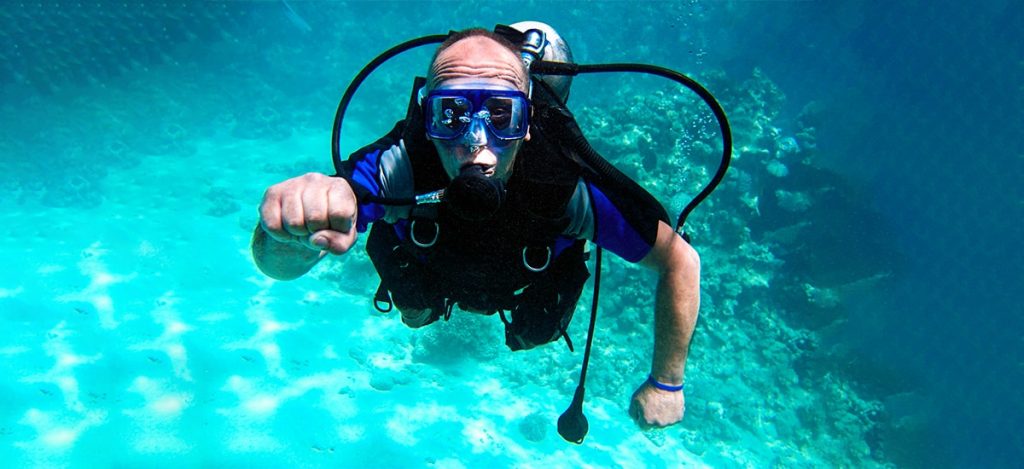
Dealing with Underwater Emergencies: Preparedness is Key
The best way to handle an underwater emergency is to be aware of your surroundings, look out for your buddies, and recognize any signs of trouble. Panic is your worst enemy in such situations. Instead, formulate a plan and act on it. Being proactive and having good judgement during emergencies is crucial.
Assess the site beforehand to understand your surroundings and potential dangers. Clear and concise hand signals and communication are vital. During your scuba diving course, you’ll learn how to handle various emergencies and provide primary first aid until professional medical help arrives.
How to Handle Common Underwater Emergencies?
Common Underwater emergencies include running out of air, rapid ascent, entanglement, and equipment malfunction. In such situations, remember your training, stay calm, and signal your buddy. If you run out of air, use your buddy’s alternate air source and ascend slowly.
If you ascend too quickly, stop, deflate your BCD, and descend a bit before ascending slowly. If you’re entangled, signal your buddy and use a dive knife or scissors to free yourself. In case of equipment malfunction, your buddy can help you fix it, or you can end the dive and ascend safely.
Handling Marine Life Encounters: Respect and Caution
Most marine life you’ll encounter during scuba diving are fragile creatures. They can get hurt by a simple touch and may exhibit defensive behaviour if they feel threatened. Some species of fish secrete mucus to form a protective barrier around them, while others secrete poisonous venom to keep predators away.
Coral reefs, while beautiful, can be deadly due to their sharpness and the marine animals that live on them. Always maintain a safe distance from marine life, avoid touching or dragging your gear against the seabed, and never chase or feed the fish. Stay low and still if you feel they are about to approach you.
Why is Respecting Marine Life Important?
Respecting marine life is not only crucial for their preservation but also for your safety. Touching or disturbing marine life can lead to harmful reactions. Additionally, some marine creatures are protected by law, and disturbing them can lead to hefty fines or other legal consequences.
Scuba diving is an exhilarating and accessible hobby. By understanding the risks and knowing how to manage them, you can thoroughly enjoy your scuba diving session. We hope these safety procedures come in handy for your next dive!
FAQs:
-
What is the number 1 rule of scuba diving?
The number one rule of scuba diving is never to hold your breath. Always breathe continuously to avoid lung overexpansion injuries.
-
What is the golden rule in scuba diving?
The golden rule in scuba diving is to plan your dive and dive your plan. This ensures that you and your buddy know what to expect and can stay safe during the dive.
-
What is the 1-3 rule in scuba diving?
The 1 3 rule in scuba diving refers to the air supply. It means using one third of your air supply for the outward journey, one third for the return, and keeping one third as a reserve.
-
What is the leading safety rule when diving?
The leading safety rule when dividing is to always dive within your limits. This includes your physical limits, your training and experience level, and the limits of your equipment.
Remember, safety is paramount when it comes to scuba diving. Always follow these safety procedures to ensure a safe and enjoyable dive. Happy diving!
If you’re looking for a platform to find the right scuba diving instructor for your private diving classes, look no further than Pursueit!
Learn more about and connect with certified and experienced diving instructors who can cater to your specific needs and goals. With a variety of private diving lessons to choose from and a seamless booking process, you can easily find and book the perfect instructor for your private diving lessons.
So, if you’re ready to take the dive, visit Pursueit today!
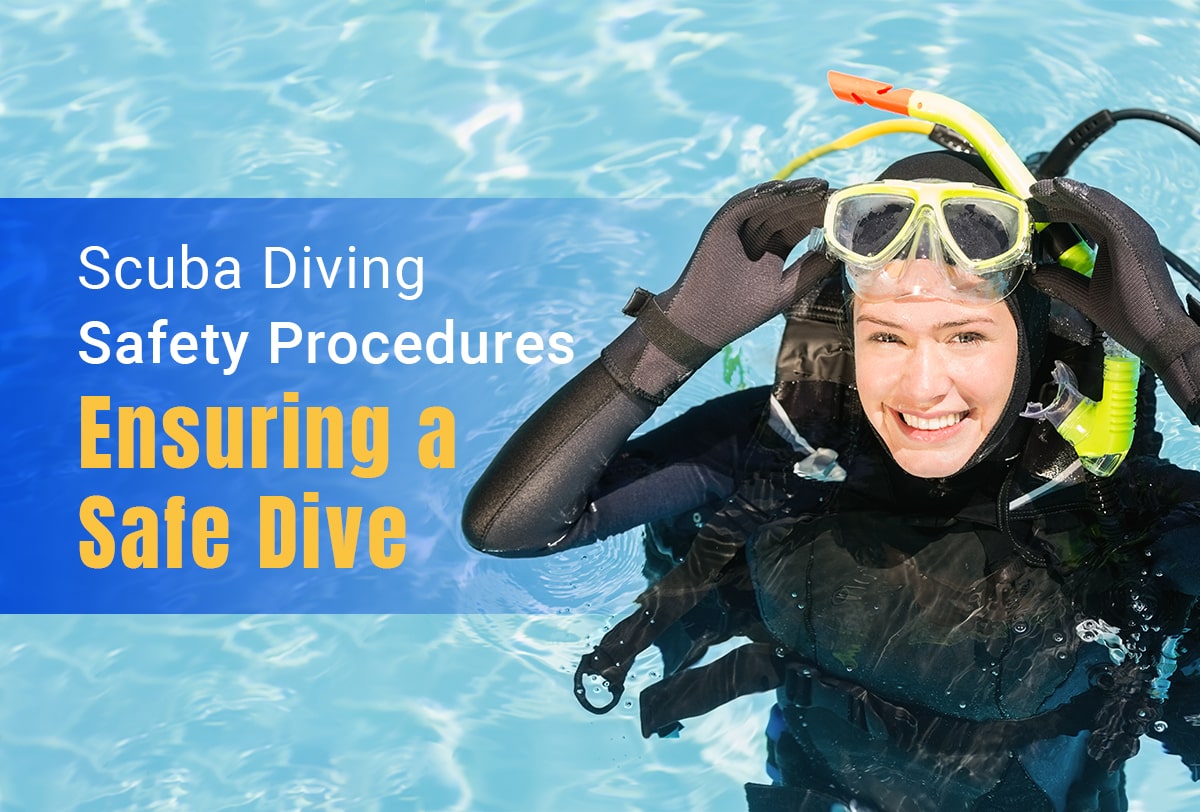
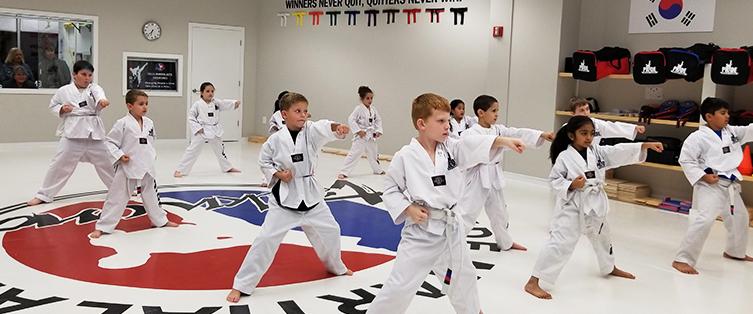
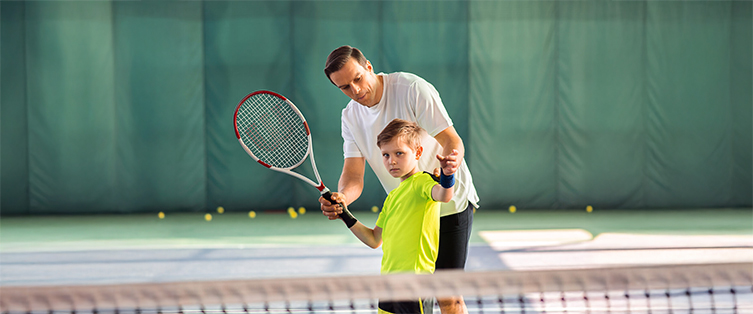
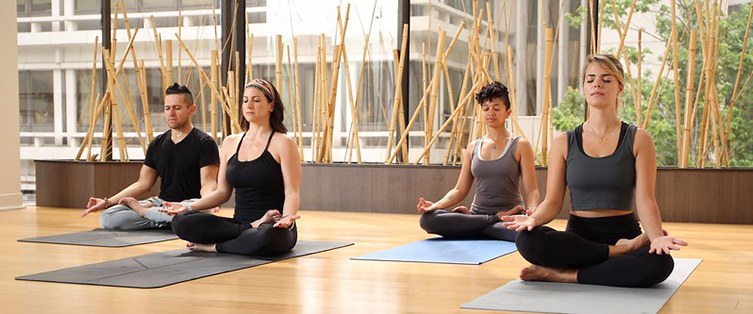

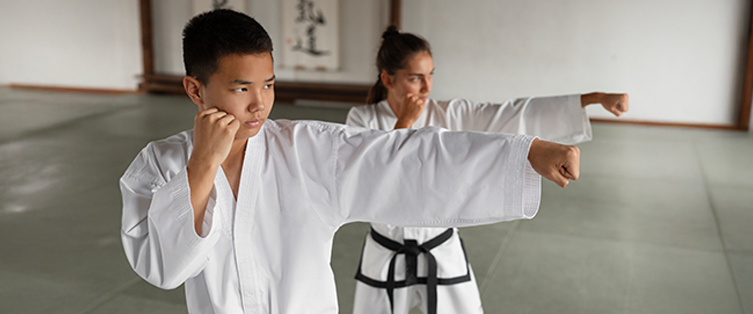

Leave a Reply